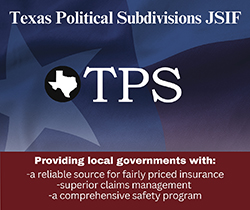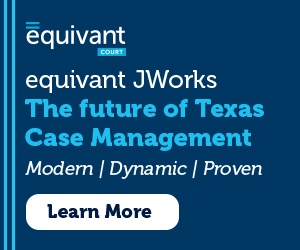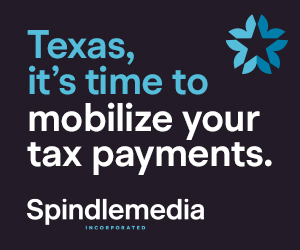By Cliff Avery
SAFE-D Executive Director
Even in these tax-averse times, people want to make sure their emergency services are reliably funded.
At any uniform election date, emergency services districts (ESDs) are on the ballot. Even though they may add a small amount to the property tax bill, they pass. In November 2018 – amid the din of a senator election, governor election and a host of legislative races – ESD proponents were able to make their case, and five new ESDs were created in the state.
As leaders in the Legislature try to limit local authorities’ ability to manage their property tax, the pace of ESD creation may pick up. County officials may see ESD creation as a way to offload their counties’ expenditures on fire protection or emergency medical services and crawl under the arbitrary caps that the Legislature may impose.
Cities have long used that strategy. A city’s fire department may be making calls out in the city’s extraterritorial jurisdiction. The area isn’t taxed, but to protect the area it will grow into, the city responds anyway. By creating an ESD in the area just outside the city, the city’s fire department can become the compensated service provider for the ESD and recoup some of its costs.
ESD creation is both an art and a science.
The mechanics are fairly simple, but potential ESD creators would do well to consult with an experienced attorney to assure the “i’s” are dotted and the “t’s” are crossed.
Here’s a layman’s outline: Citizens may petition for the county to hold an election to create an ESD. The petition, among other requirements, must describe the boundaries of the proposed ESD and the services it will provide. It must contain at least 100 signatures from persons who are registered voters and property owners in the proposed district. Most ESD petitions include more than the required 100 signatures – 150, say – in case some signatures are invalidated.
Municipalities in the proposed ESD must give their consent for areas in their city limits and in their ETJs to be included in the ESD.
The municipality has a mild incentive to agree to be included: If the municipality refuses to consent within 60 days after it’s notified of the petition, its citizens may petition for the municipality to provide the services that would have been provided by the ESD. If the municipality doesn’t act within six months after it gets notice, it’s construed to have consented.
Once the signatures on the petition are validated and municipalities have given or withheld their consent, the County Commissioners Court holds a hearing and may have to perform some revenue calculus.
The Commissioners Court has to determine if the proposed ESD is “feasible and will promote the public safety, welfare, health, and convenience of persons residing in the proposed district.”

If a large city within the ESD opts out, for example, there may not be enough tax revenue for the ESD to feasibly accomplish the goals it was designed to address.
If the Commissioners Court finds the ESD potentially feasible, it orders the election. (It’s a county election, so it can’t be held on the May general election date in even-numbered years, under current law.) The ESD petitioners have to agree they’ll be on the hook for $150 to offset the county’s election costs.
After the election, the Commissioners Court reviews the results. If a city or its ETJ votes against creation, those areas are omitted from the ESD, but if the other areas in the ESD vote for creation (and there are more “for” votes than “against” votes in the area generally), the ESD is still created. The municipal consent component of a creation election can get tricky, so it’s best to have a detailed discussion with a knowledgeable attorney when the time comes.
Once it’s up and running, an ESD can provide the reliable tax revenue to assure fire protection or emergency medical service in an area. It’s important to note that ESDs are distinct political subdivisions of the state, apart from counties. Even though ESD commissioners are appointed by County Commissioners Courts (except in Harris, Smith, and Orange counties and in multicounty ESDs, where commissioners are elected), they are independent governments, responsible for their own decision-making.
The State Association of Fire and Emergency Districts, or SAFE-D, is the only association in the state dedicated to helping educate ESD commissioners to provide better protection for their residents. We offer regular training to comply with statutory requirements for ESD commissioners.
Our website, www.safe-d.org, has a video library of training to help ESDs improve their services, and we invite anyone interested in learning more about ESDs to contact us 512-251-8101 with questions.















